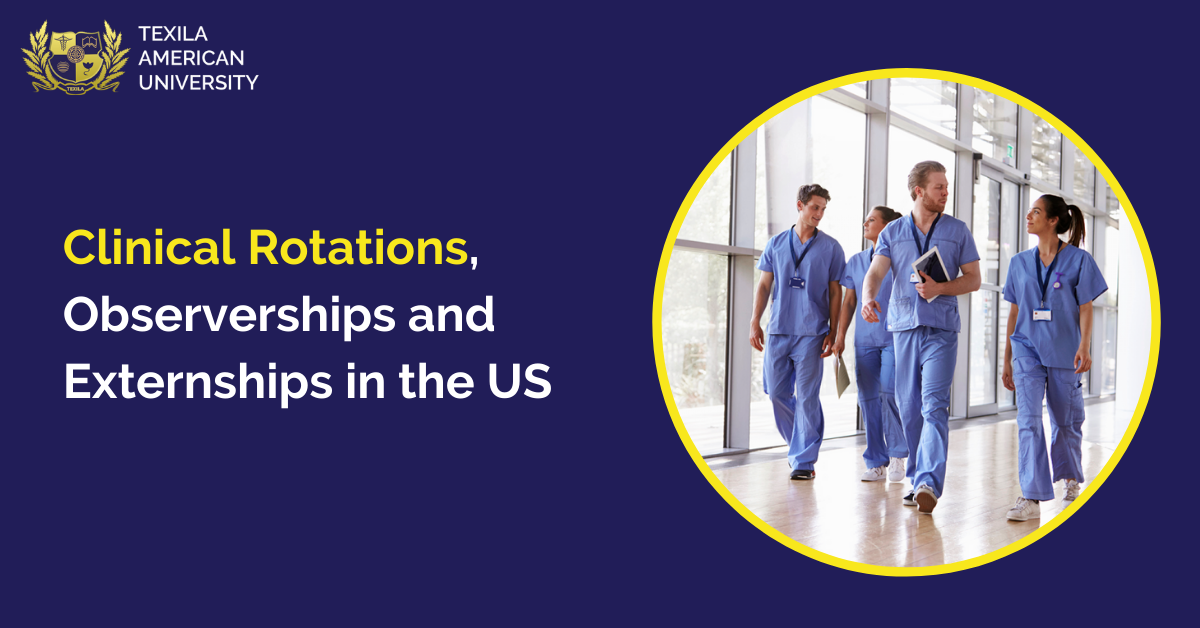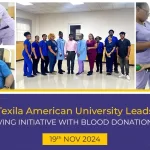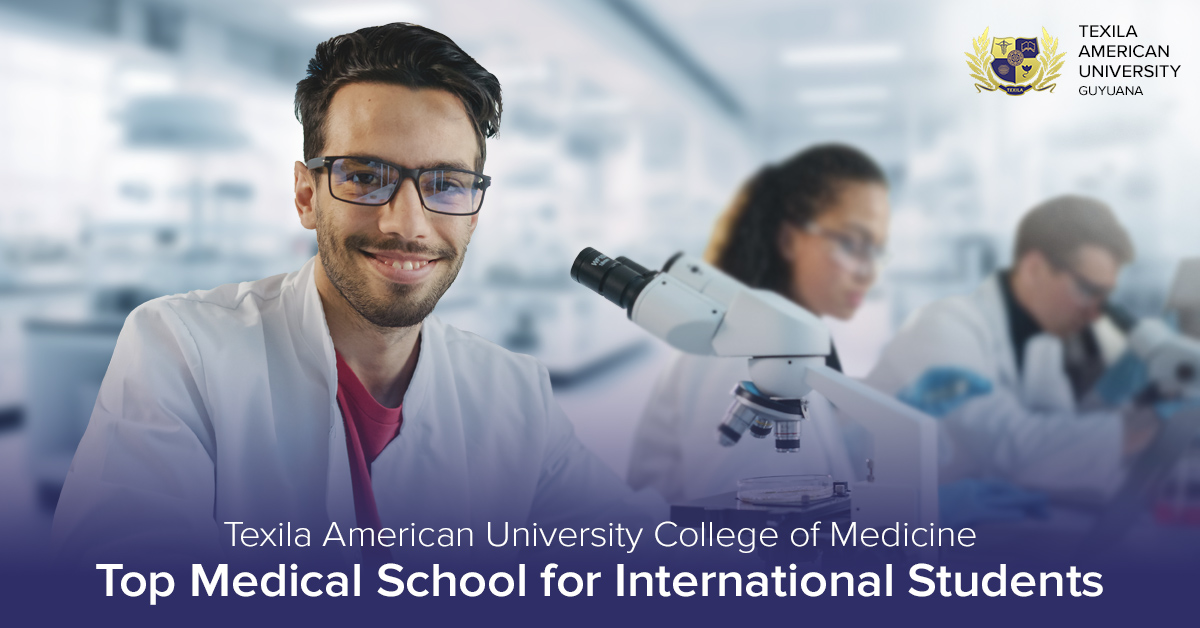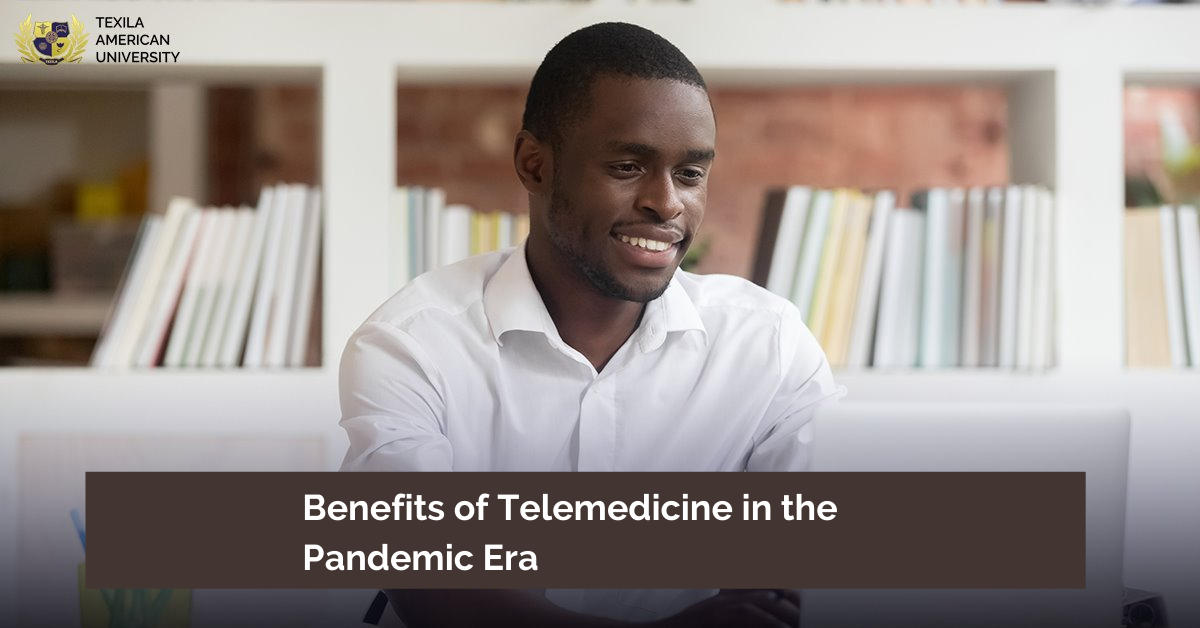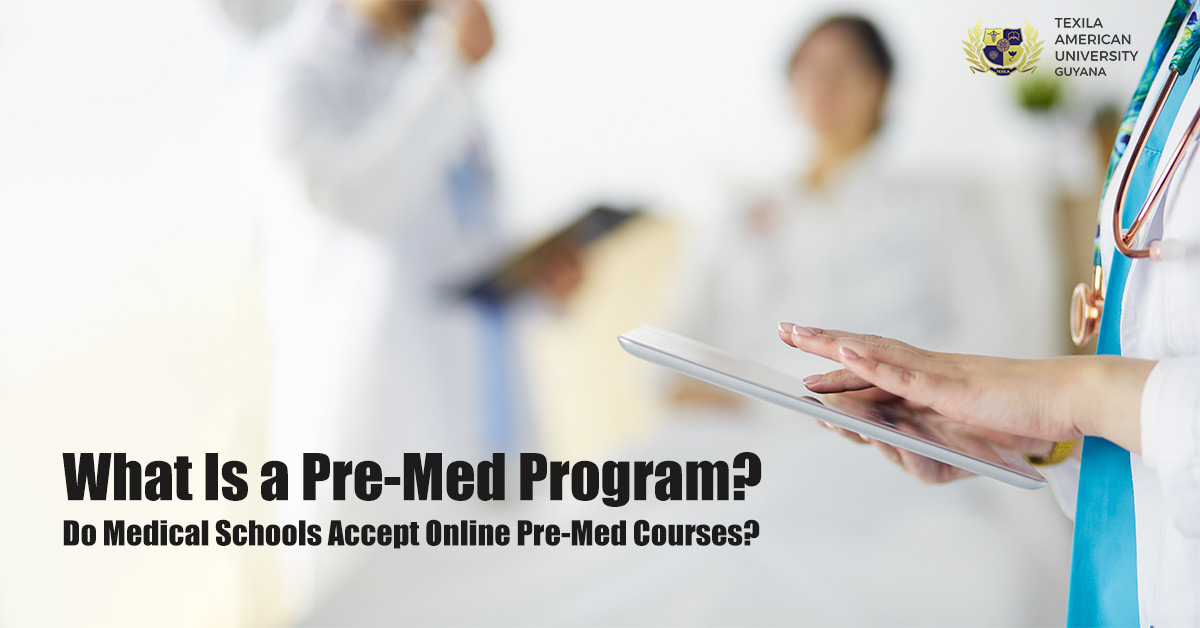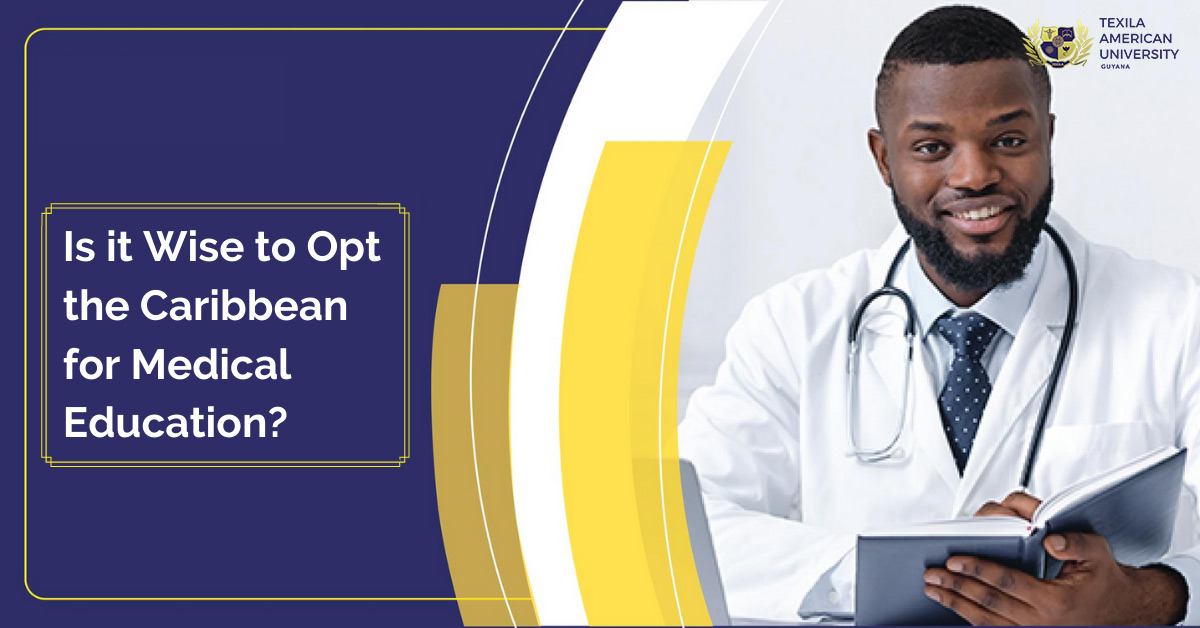Blog Summary
Before we talk about clinical rotations, externships, and observerships, we will have to understand who an international medical graduate is in the USA. An international medical graduate (IMG) is someone who graduated from a medical school outside the USA also known as a foreign medical graduate or FMG.
To become a licensed physician in the USA, an IMG will have to undergo a series of steps. The steps will include examinations, interviews, ECFMG certification, and Postgraduate education in the specialization, which is also called Residency programs.
According to a study conducted in 2018, IMGs make up almost 23% of the practicing physician workforce in the USA. The study also denoted that there was an increase over the study period. What does this mean to new IMGs? Simple, it means that there is an opportunity for graduates from foreign medical colleges to achieve a fulfilling career as a physician in the USA.
Now let us talk about clinical rotations, externships, and observerships.
Clinical Rotations
Clinical rotations are a crucial part of medical education. It is also called clinical clerkships, clinical training, clinical sciences, etc.
The first two years of your time at a medical school would be filled with lectures, labs, conferences, seminars, and textbooks. This changes drastically during the start of your 3rd year. Clinical rotations are part of the last two years of medical school.
It comprises the practical aspect of medical education. It shows the students the typical work-life of a doctor. Clinical rotations involve you shadowing a physician, interacting with patients, performing basic procedures, etc.
Let us take a look at the types of clinical rotations available to medical students.
What are Core Rotations and Elective Rotations?
There are two types, core rotations, and elective rotations. Core rotations are mandatory, while elective rotations are optional. You will have to experience all the core rotations to complete your degree. You can choose from a list of electives that you can opt from in the case of elective rotations.
Some universities in the Caribbean region follow the US medical curriculum and thus have clinical rotations that are part of the last two years of medical school. Texila American University in Guyana even offers its students the opportunity to complete their clinical rotations in the US after completing their preclinical phase in Guyana. This sounds like a good option, right?
Now that we have a definite idea about clinical rotations. Let us talk about externships.
What is an externship in the US?
Externships are similar to clinical rotations in the way that both require clinical experience. The two differ in one aspect. Clinical rotation opportunities are provided by your medical school, while externships are not. You will have to pursue an externship on your own.
What is the benefit of pursuing an externship?
An externship can be taken up to gain experience in a specialty before applying for a residency program. IMGs can also take it up to obtain US Clinical Experience (USCE). Externships help strengthen your resume by adding USCE to it.
We have seen that clinical rotations and externships have similarities as well as differences. Observership differs quite a lot from the above two. Let us see what it is.
What is an Observership Program?
The other two programs involve you in direct patient care. In contrast, observership involves you in a clinical experience without direct patient care. It allows you to shadow a physician and gain experience.
This is usually done by students of varying levels who expect to gain experience and familiarity with a specialty. People who are not cleared to practice supervised medicine yet also take up observerships.
How to choose between clinical rotations, externships, and observerships in the US?
Clinical rotations are a part of your degree program. You will have to take this up as it is necessary to obtain the needed credits towards graduation.
Externships are valuable and are considered a step above observership. The reason behind this is that externships allow for direct patient care. It also enables the instructing physician to analyze your proficiency and comment directly.
It is an option for IMGs to obtain the necessary experience to satisfy residency programs’ requirements. The opportunities can be limited and highly competitive. There are quite a few services that help candidates get placed in externship opportunities.
Observerships are helpful if you are looking to fill gaps in your clinical education. Gaps in your clinical education are usually frowned upon during the residency application process. Letters of recommendation from observerships can also add value to your resume if you apply to a very competitive specialty.
These programs are also highly popular among IMGs. It is because these programs increase the probability of an IMG getting placed into a residency program. The primary reason behind this is that residency program directors prefer candidates familiar with the USA’s healthcare system.
No matter what you pick among externship and observership, the most important thing is to gain experience and perform your roles well. The letters of recommendation provided at the end of these programs will add value to your resume, while the knowledge gained will add to your expertise.
After your graduation, you can begin the process of getting licensed to practice in the USA. This will involve registering with Educational Commission for Foreign-Trained Medical Graduates (ECFMG) and passing the USMLE step 1 and 2 examinations. Success in the exam allows you to enroll in a residency program and obtain a license to practice in the state of your liking.
Like we saw above, Texila American University offers a versatile Doctor of Medicine (MD) program that allows the students to take up their basic science classes in Guyana and complete their clinical rotations in the USA. The curriculum of the MD program offered by TAU is designed to cover the curriculum of the USMLE to benefit the students.
According to the Association of American Medical Colleges (AAMC), there will be a shortage of up to 122,000 physicians by 2032 in the United States. The major reason for the increasing demand for physicians is the growing, aging population of the nation.

